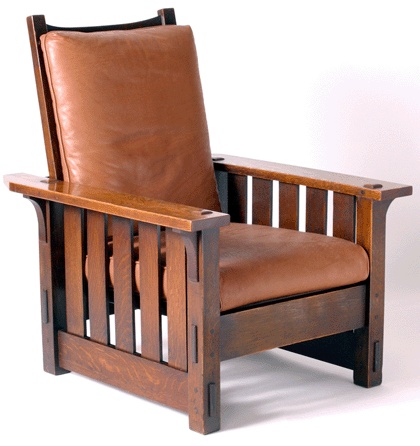Mortise and Tenon Joinery
If you are going to walk the walk, you should talk the talk.
Joinery, or how furniture is put together, may not be a sexy subject, but it is an important one. Recognizing the type of joinery on a piece of furniture can help you spot quality furniture and even identify an antique. This edition of Design Dictionary will focus on mortise and tenon joinery.
What is mortise and tenon joinery?
MORTISE AND TENON JOINERY: A means of fitting two pieces of wood together. The mortise is a hole or slot in wood. The tenon is like a tongue that fits into the slot. Mortise and tenon joinery has been around for thousands of years and is still used today. Look for it in 17th century furniture, Asian furniture and craftsman-style furniture. Fun fact: Stonhenge was constructed using mortise and tenon joints.
Porch swing constructed with mortise and tenon joints
Antique Asian side table. Note mortise and tenon in legs
Antique Asian hand-hewn stool with mortise and tenon construction throughout
Armchair joined with mortise and tenon joints, 1650–1700
Essex County, Massachusetts
Chair by Gustav Stickley (1902) with mortise and tenon joints seen easily at base
Arts and Crafts print in a classic mortise and tenon frame
Stonehenge with mortise and tenon construction
The next edition of Design Dictionary will cover a dovetail joint, which came into use around 1700.
Photo credits: Mantle drawing. Porch swing 17th century armchair Asian side table Asian stool Stickley chair Print Stonehenge









